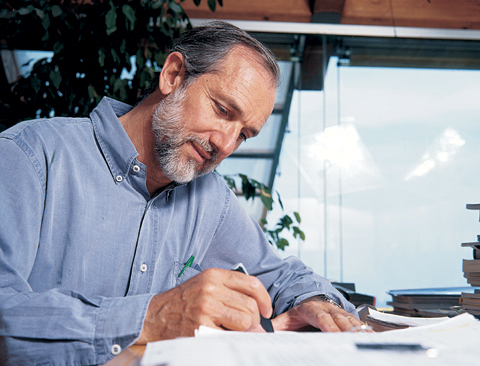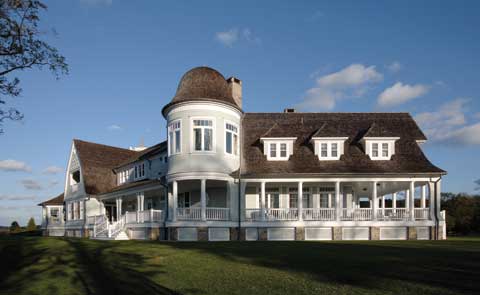Renzo Piano
Text by Sean Ballent
Renzo Piano’s work is a rare blending of art, architecture and engineering with a touch of intellectuality, toped and garnished with classical Italian philosophy and tradition. The 1998 Laureate of the Pritzker Architecture Prize, the highest in the field of architecture, is a craftsman of another world. Piano was born into a family of builders in Genoa, Italy, in 1937. His grandfather, his father, four uncles, and brothers were all contractors who were against the idea of his choosing architecture as a career. Against those odds, Piano completed his graduation from the Milan Polytechnic Architecture School and started business in his father’s construction company after marrying the girl he had known since his school days. Inspired by 15th-century idol Brunelleschi, co-worker Jean Prouve of France, and Z.S. Makowsky, Piano set off to perfect his craft. His first important commission took shape in 1969 when he designed the Italian Industry Pavilion at Expo ’70 in Osaka. The Expo attracted much favorable attention, including that of another young English architect named Richard Rogers. The two had a great deal in common and worked together to win the international competition for the Centre Georges Pompidou in Paris. Renzo Piano’s collection of work includes a wide variety of more than 40 world-famous projects that span the globe. One of his most famous is The Menil Collection, a museum in Houston, Texas, which stands as an architectural masterpiece, due to its simplicity, flexibility, open spaces, and illumination of natural light through Piano’s signature “roof of leaves.”
























